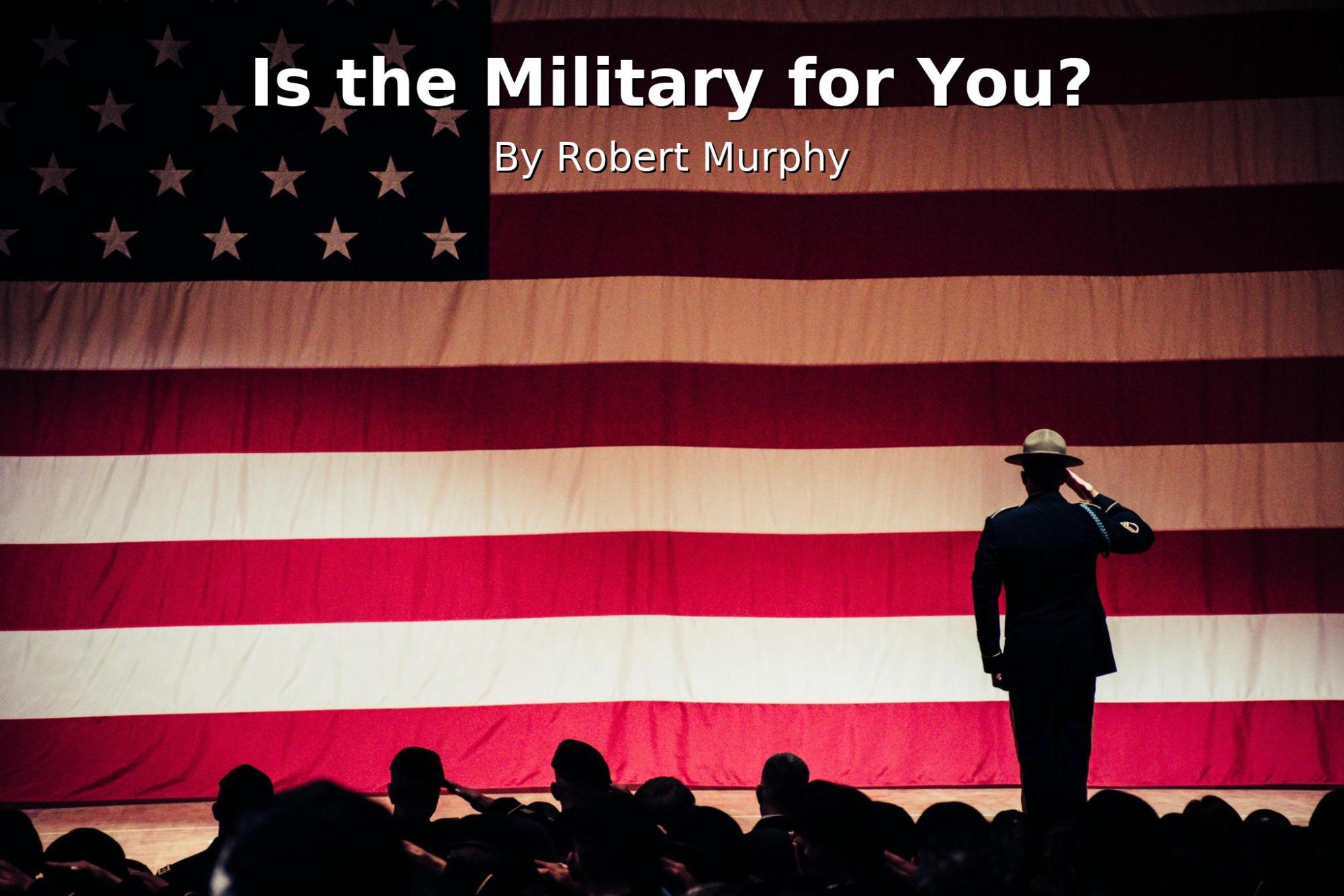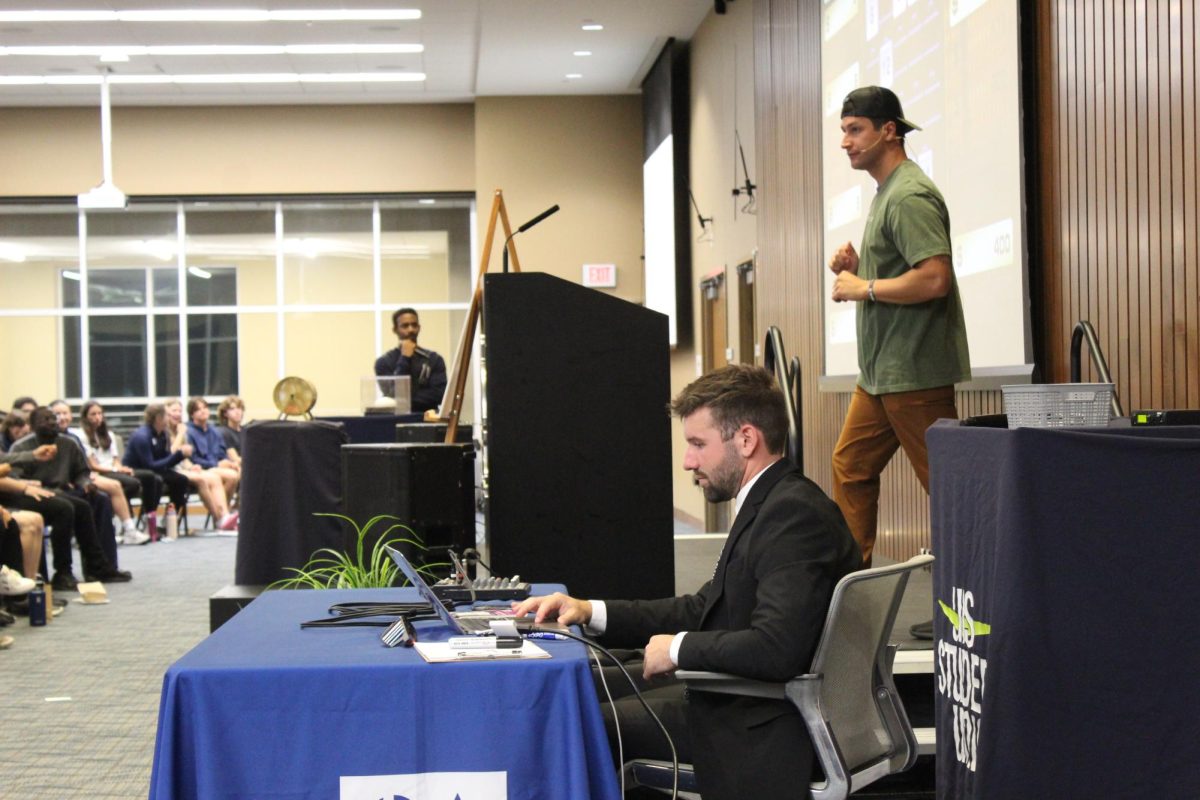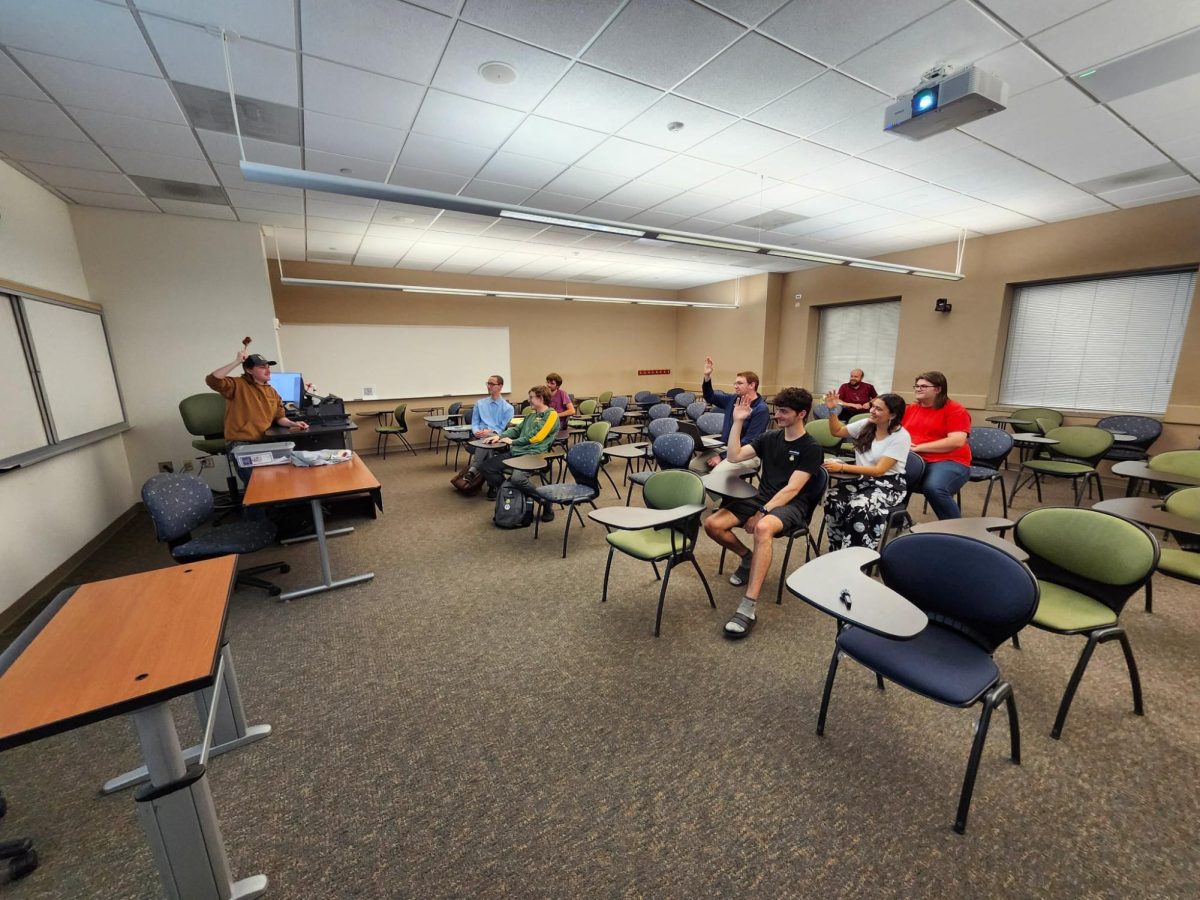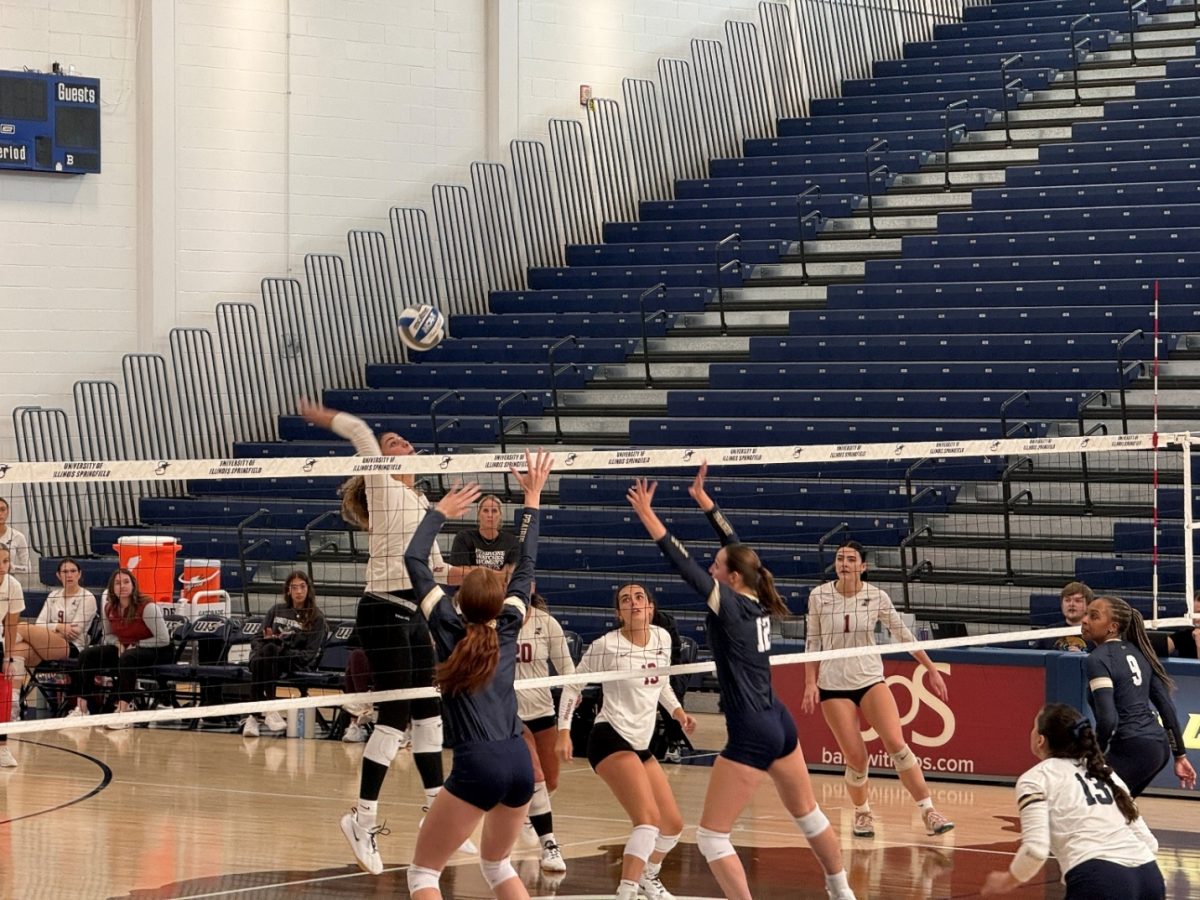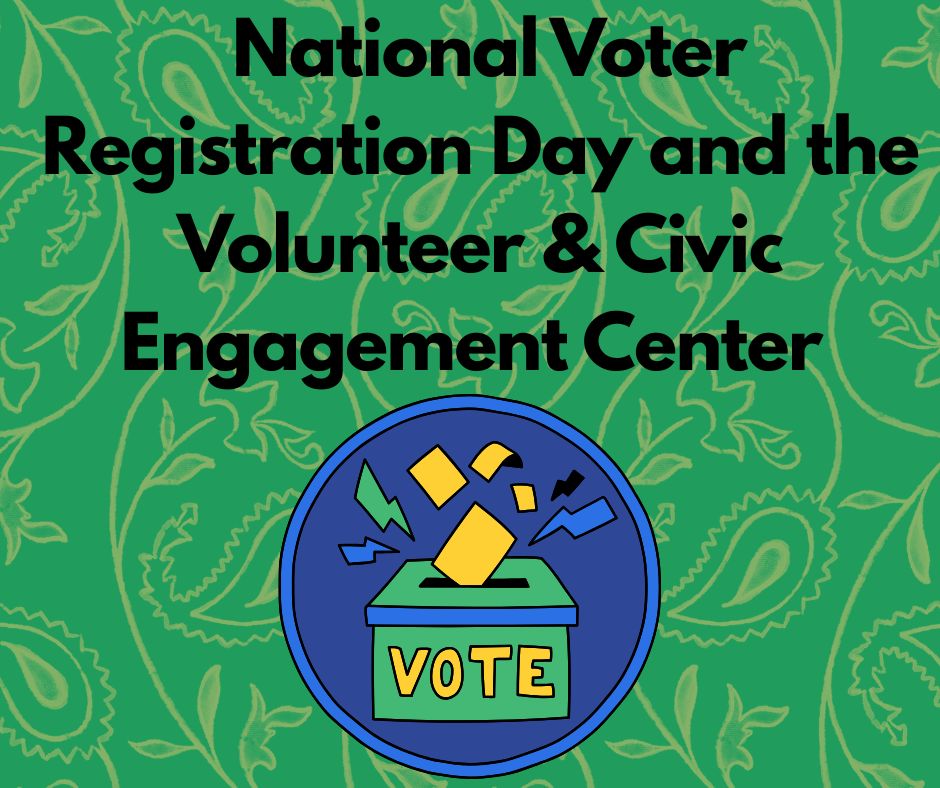Thinking about joining the military? It’s a life-changing decision, one that comes with significant benefits but also serious sacrifices. For some, it is the pathway to education, travel, and personal growth. For others, the challenges can be overwhelming.
Why People Join
Navy veteran Ethan Brockmeier, who served nine years before pursuing graduate studies at Colorado State University, says the military isn’t for everyone.
“The military isn’t the right route for everyone. It’s hard, sometimes lonely. But the difference in maturity between veterans and civilians is blinding,” he said.
For many students, the biggest draw is education. “Education—free, bachelor’s and master’s, whereas without the benefits that would easily cost a young student over 100k,” Brockmeier explained.
The numbers bear him out. According to the Education Data Initiative, the average cost of college in the U.S. is $38,270 per student per year, including books, supplies, and living expenses. Programs such as the Post-9/11 GI Bill and Tuition Assistance can cover tuition, housing, and even books, saving veterans from massive student debt.
But navigating those programs isn’t always easy. A 2013 Syracuse University survey found that 60% of veterans identified “navigating VA programs, benefits and services” as their biggest challenge when returning to civilian life. Complex rules and red tape can delay or complicate access to benefits, leaving some with debt despite the promise of financial support.
Growth Beyond the Classroom
The military also shapes people beyond academics. Retired Illinois Army National Guard Lt. Col. Loren Easter, now director of Military and Veteran Student Services at UIS, reflected on his service:
“What it instilled in me is discipline and personal and professional growth.”

Brockmeier agreed. “Discipline and confidence are engrained attributes from service,” he said.
See the World
Military service often brings travel opportunities—both abroad and within the U.S. Service members can be stationed in places like Spain, Japan, Hawaii, Guam, or Bahrain, or deployed to regions such as Europe and the Middle East.
Easter’s deployments took him across Europe, the Middle East, and Puerto Rico. Brockmeier also counted “world travel” among the top benefits of his service.
The Tough Parts
Yet, the lifestyle comes with challenges. Long deployments, missed family events, and intense responsibilities can take a toll.
“Being away from family” was one of Brockmeier’s biggest hardships. Still, he said, “We also make a new family with the people around us, regardless of background.”
Physical demands are another constant. Basic training, daily fitness requirements, and regular physical tests are built into the job. Easter noted that developing a fitness routine was difficult but ultimately rewarding.
There are also more serious challenges. According to the Department of Veterans Affairs, PTSD is three times more likely among veterans who deployed compared to those who did not. PTSD can stem from combat or from military sexual trauma (MST), which, the VA notes, “can happen to anyone and can occur during peacetime, training, or war.”
Is It Right for You?
Military life isn’t for everyone. It demands discipline, resilience, and a willingness to sacrifice. But for those who commit, the rewards can be substantial—affordable education, global travel, camaraderie, and personal growth.
As Brockmeier put it, the experience can transform you. The question is whether those benefits outweigh the sacrifices for you.

